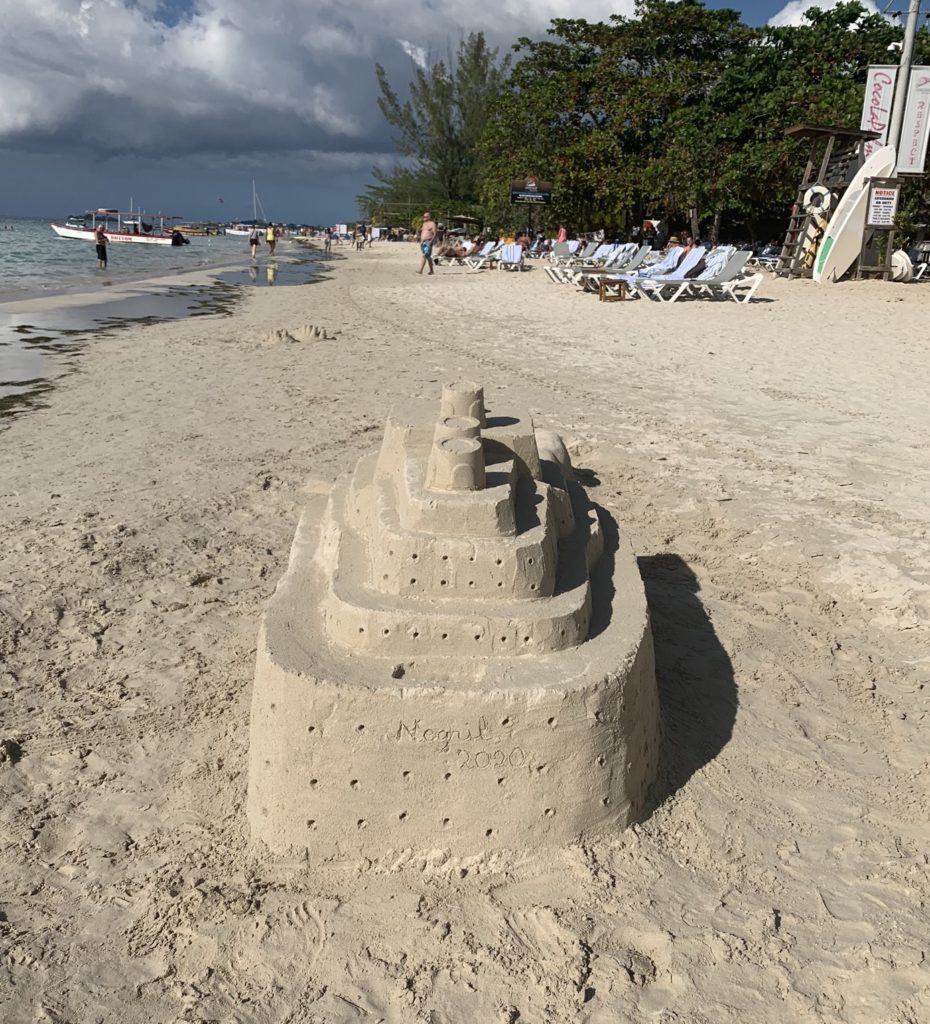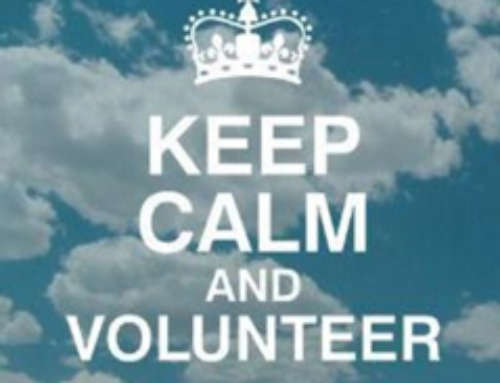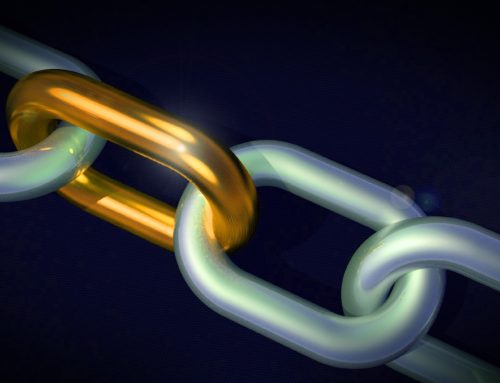 Ground, unbroken
Ground, unbroken
I thought I’d have broken blogging ground for 2020 by now.
After all, there has been no dearth of “hooks” in the past couple of weeks to kick off the new year + decade with musings on innovation, strategy, new directions… the kind of thing one expects to be reading (and writing about) when a New Year rolls around.
But I was on vacation over New Year’s (Jamaica #ftw!), coughing out the remnants of a nasty, pre-holiday flu after I returned, and focusing on the self-care part of the new year’s resolutions I’d suggested before shutting down for the holidays while also getting back into work (and study) mode.
So this is officially my first post of, and for, the 2020s which is, I think, completely acceptable, timing-wise.
Castles in the sand
While soaking up the sun in Jamaica, I was fascinated by the attention paid by a father-son duo to building a castle in the sand.
They spent hours on it, and it was stunning. Several folk (including me) watched their intense focus from afar, impressed not just with their artistry and patience, but by their willingness to ignore the lure of the Caribbean waters, and their painstaking attention to detail.
A couple of days later, when I returned to the beach, part of it had been destroyed. I was disappointed in seeing such a beautiful creation mangled, but it was, after all, a sandcastle on a public beach.
But not long after I settled down on my lounger, I noticed the same father-son duo back in the same spot.
And they rebuilt the castle from scratch, without exhibiting any impatience or frustration, showing the same careful attention to detail, working as a quiet but constant team.

Sandcastle as strategy
The memory of this beautiful sandcastle, and how it was built, destroyed, and rebuilt, has stayed with me long after I returned from my vacation.
And it struck me how a simple (ok, in this case, not so simple!) sandcastle is a great metaphor for smart strategy.
The connotation of a sandcastle isn’t always positive. Because it makes one think of something that is easily destroyed, that is at the mercy of the waves, or people (or animals) walking/running over it, and where the effort expended is frequently not equal to, or less than, the pleasure derived.
But watching this father-son duo made me think of how Social PR (or any) strategy can, in fact, learn a lot from sandcastles:
1. Smart strategy needs to be flexible.
Breaking news (heaven knows we’ve had quite the wave of shocking headlines in just the first couple of weeks of the year) or internal or external crises can lead to any number of unforeseen hiccups (at best) or catastrophes (at worst).
To continue the beach theme, it’s not the waves that are unpredictable. (It’s a beach. There will be waves.)
It’s how we deal with the impact of those waves that makes or breaks our strategy.
2. Smart strategy is detailed… but not restrictive.
Look at the detail on that sandcastle! I mean, you can practically see its inhabitants going about their daily business, can’t you?
Yet it’s not so detailed that it leaves nothing to the imagination. It gives us just enough to work with—so that we know exactly what it is—but stops short of dotting every I and crossing every T for us.
I’ve always thought good strategy is similar. You want to create a really clear picture of why you’re embarking on an initiative, what its business imperative is, and how it will play out, but you leave room for creativity, growth and, yes, the inevitable waves that will change things up and require thinking on your feet to keep things going.
3. Smart strategy should result in an outcome that is a “net gain.”
Doesn’t it strike you that expending a great deal of time and effort in building such a detailed sandcastle could be considered a waste of time?
I mean, there are waves. People. Kids. All sorts of things that could destroy it before its architects have had a chance to really enjoy it (as, indeed, I saw).
Yet, once their original edifice was destroyed, the father-son duo returned to rebuild… on exactly the same spot.
Clearly they were willing to risk ruin, and expend significant effort, a second (and possibly third, fourth, and …) time, for the potentially short-lived return of their satisfaction and enjoyment (not to mention everyone else’s).
Because, to them, the experience they shared, the team they made, and the memories they created—the outcomes of this endeavor—were worth it, even if the actual sandcastle didn’t last that long.
So when you’re coming up with your strategy and measurable objectives, everything that you and your organization are going to invest—in that initiative—must be worth it from a business point of view, i.e. not negative, but more of a “net gain.”
Financially, this would mean sale price (of an asset) – net cost = net gain.
For Social PR, this means: whether it’s in terms of reputation (how are you measuring this?), or brand visibility (how are you measuring this?), or customer likelihood to do X, Y, Z (how are you measuring this), or greater efficiencies (how are you measuring this?), the outcome(s) of your initiative must ultimately support, not detract from, your organization’s objectives.
They need to be in the realm of “net gain.”
From sandcastles to strategy
This “sandcastle as strategy” metaphor is actually right in line with my “three words” for 2020, particularly “shed.” And since it’s not always as much fun to remember words as it is cool pictures, I’m going to use this as reminder to shed anything that is not a net positive in my work, career, and my life.
What about you? Will you do the same? What do you think of my sandcastle/strategy riff… agree, or do you think it’s all child’s play? ;)
Either way, do share via a comment, I’d love to know.
And, officially: Happy New Year!









Leave A Comment